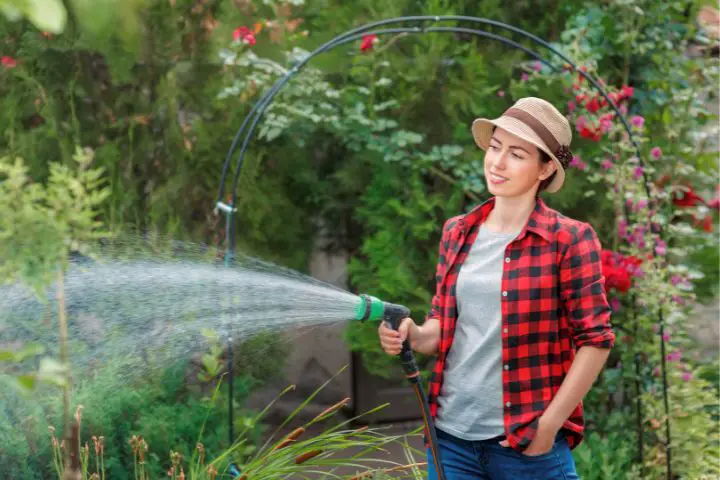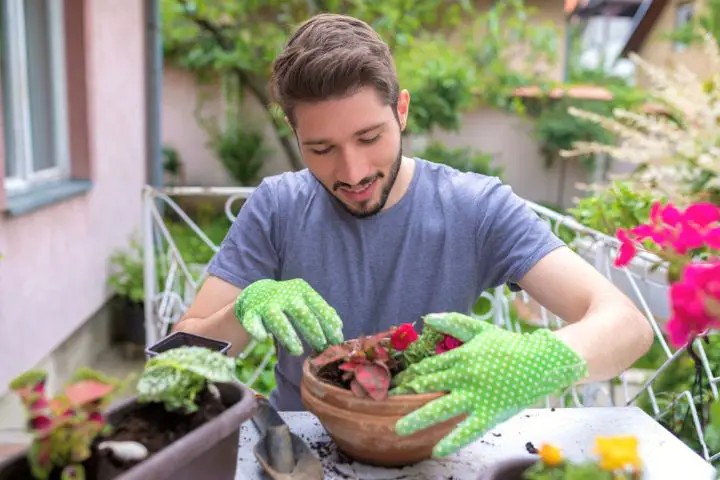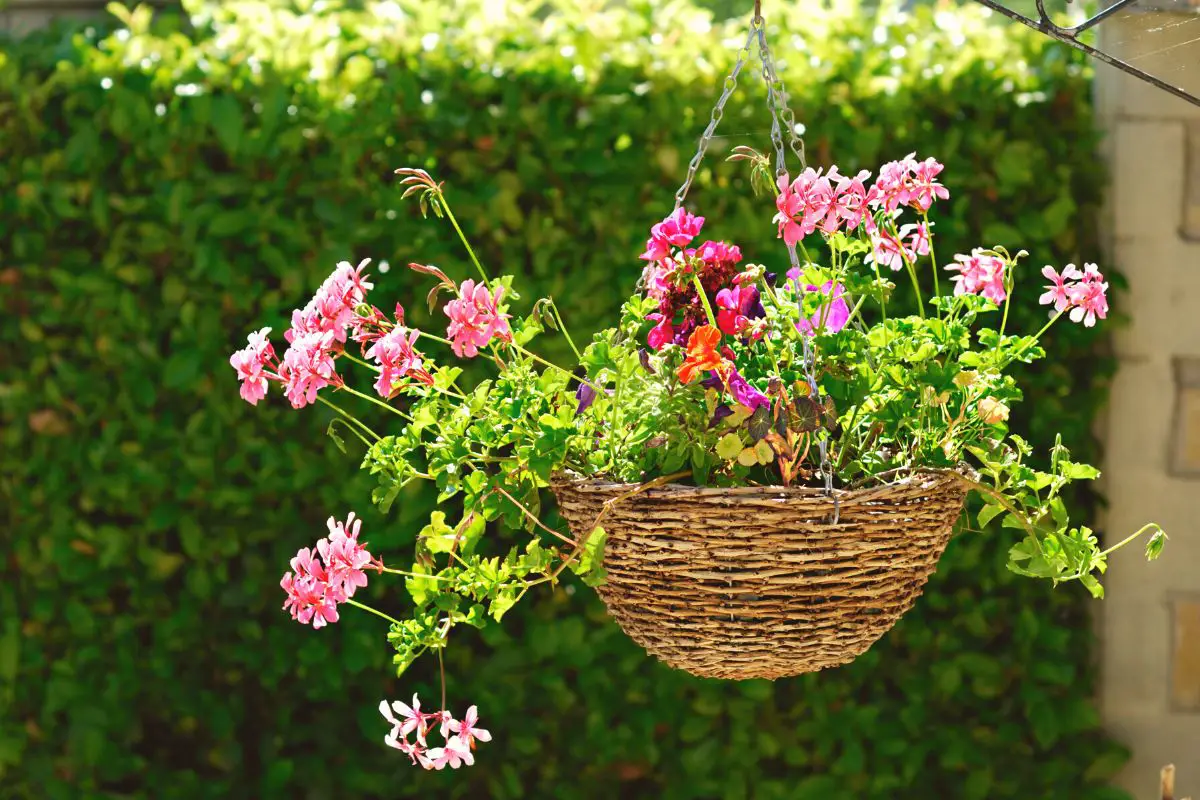The Ultimate Guide to Vertical Gardening | 5 great tips
Vertical gardening, at its core, is a creative form of gardening that optimizes the use of vertical space. It disrupts the traditional image of sprawling garden plots spread across horizontal surfaces and instead cultivates plants on vertical structures or surfaces.
Vertical gardening is an ingenious solution that works in various settings. Whether you live in an apartment with a small balcony or have a shaded area in your backyard, this method can help overcome space limitations. Furthermore, it introduces a new palette of possibilities for incorporating greenery into your surroundings.
The concept of vertical gardening, once a niche idea for the creative gardener, has become a global phenomenon. In urban centers such as Milan (Italy), transforming city walls and balconies into lush, vertical landscapes is becoming an increasingly common and beneficial practice.
Creating a thriving vertical garden is not merely about stacking plants on top of each other; it requires a deep understanding of the symbiotic relationship between these factors. By the end of this guide, you’ll be equipped with the knowledge to transform any vertical space into a thriving green oasis.
- Start With a Detailed Plan for Your Vertical Garden
Starting with a detailed plan is a crucial first step to any successful vertical garden project. This process allows you to visualize the end product, identify potential challenges, and create an actionable strategy to execute your vision.

Here are a few steps to kickstart your vertical gardening project:
- Identify The Location: The first step in planning your vertical garden is to choose an appropriate location. Evaluate the site conditions, such as sunlight exposure, wind direction, and access to water. Be sure to choose plants that will thrive in the specific conditions of your desired location.
- Design Layout: Once you’ve chosen the type of vertical garden and plants, along with the location, design the layout. Place taller plants at the top to avoid overshadowing smaller plants. Use a mix of textures, colors, and types to create visual interest. Remember, your vertical garden is not just functional—it’s also an art installation.
- Prepare For Installation And Maintenance: Lastly, plan for the installation process and ongoing maintenance. This includes assembling the right tools, arranging necessary manpower, and organizing a consistent watering and pruning schedule. Consider factors like how to replace plants, if necessary, and plan for seasonal changes.
Remember, planning is not a one-size-fits-all process. Every vertical garden is unique and will present its own set of challenges and opportunities. But with a detailed plan, you can navigate these with confidence and look forward to seeing your green wall grow and flourish.
- Look Through the Different Kinds of Vertical Gardens
Next, familiarize yourself with the different types of vertical gardens. These can range from simple designs ideal for beginners to more complex structures suited for experienced gardeners.
Here are some popular styles:
- Trellis Or Lattice Gardens: One of the simplest forms of vertical gardening involves a trellis or lattice. Often made of wood, metal, or plastic, these structures provide a supportive grid for plants to climb and weave through. They can be free-standing or attached to a wall. Ideal for climbing plants like vines, roses, peas, and beans, a trellis or lattice garden is an excellent starting point for beginners.
- Wall Planters And Hanging Baskets: Another basic form of vertical gardening involves wall-mounted planters and hanging baskets or flower window boxes. These can be attached to walls, fences or hung from hooks on balconies and patios. They are perfect for a variety of small flowering plants, succulents, and herbs.
- Pallet Gardens: Repurposed wooden pallets can create a stunning and eco-friendly vertical garden. The slats of a pallet form built-in shelves that can hold a variety of plants.
The list above includes just a few types of vertical gardens. However, these three are among the most commonly used and easiest for beginners to start with. Ultimately, the choice of a vertical garden depends on your personal needs and preferences.

- Choose the Right Containers
Choosing suitable containers is an integral part of vertical gardening that shouldn’t be overlooked. These are some of the key factors to consider when selecting containers for your vertical garden:
- Material: Lightweight and inexpensive plastic containers may degrade under sunlight, while terracotta pots are porous and promote root aeration but can be heavy and fragile. Metal containers offer a sleek look but can overheat in sunlight, whereas wooden ones provide a rustic appeal and good insulation but are prone to rot. Your choice should factor in location, climate, and design preferences.
- Size: Small containers may restrict root growth and dry out quickly, while oversized ones can over-saturate and potentially harm your plants. Keep in mind the mature size of the plant and its root system when selecting a container. Vertical gardens require planning for growth not just upwards but also downwards and outwards.
- Drainage: Adequate drainage is essential in a vertical garden. Without it, water may pool at the bottom of containers, leading to root rot and unhealthy plants. Ensure your containers have enough holes at the bottom to allow excess water to escape. If your preferred containers don’t have drainage holes, you can drill some yourself using a simple hand drill.
- Weight: Since vertical gardens defy gravity, it’s essential to factor in the weight of your containers. Once filled with soil and water, containers can become quite heavy. Make sure your vertical structure can support the weight of all your containers without the risk of collapsing.
- Aesthetics: Finally, consider the visual impact of your containers. They should complement your garden design and blend well with your plants. The right containers not only support the health of your plants but also contribute to the beauty of your vertical garden.
With careful consideration, you can create a flourishing vertical garden that is as pleasing to the eye as it is to the environment.
- Determine Placement Based on Light Exposure and Needs

Light’s role in plant growth is crucial to creating a successful vertical garden. To guide you through this process, here are some tips to help you determine the placement of your vertical garden based on light exposure and plant needs:
- Assess Your Light Conditions: Start by observing the light conditions in your proposed garden location. Note the direction your space faces and the hours of direct sunlight it receives daily.
- Understand Plant Light Requirements: Plants have varying light needs, usually categorized as full sun, partial shade, or full shade. Full-sun plants require at least six hours of direct sunlight each day and are ideal for south-facing gardens. Partial-shade plants need three to six hours of daylight, while full-shade plants can thrive with less than three hours of sun or in indirect light.
- Arrange Plants According To Light Needs: When designing your vertical garden, position your plants according to their light requirements. Place sun-loving plants at the top or in positions that won’t cast shadows over shade-tolerant plants. On the other hand, shade-loving plants can be placed lower or behind other plants to protect them from intense sunlight.
- Adjust For Indoor Gardens: If you’re setting up an indoor vertical garden, consider the light conditions by windows, or invest in grow lights. Remember, sunlight direction indoors can be different from outside, and windows can filter out certain light spectrums. Grow lights can be a great help in ensuring your plants get the light they need.
- Plan For Changes: Keep in mind that the sun’s path can change with the seasons, altering the light exposure of your garden. Some plants may grow faster and overshadow others, so be prepared to rearrange your garden as necessary.
Light is one of the most vital ingredients for plant growth. You can create a lush, thriving vertical garden by understanding your plants’ light needs and matching them with your garden’s light conditions.
- Factor in the Climate

While vertical gardens can provide innovative solutions to space limitations and urban greening, they are not immune to the effects of climate.
- Temperature: This greatly influences the health and growth of your plants. Some plants can withstand freezing temperatures, while others thrive in heat. Understanding your local temperature ranges will help you select the most suitable plants for your vertical garden.
- Humidity: This can impact plant growth, especially in a vertical garden where moisture levels vary from top to bottom. Some plants prefer high humidity, while others thrive in dry conditions. Be sure to choose plants that will flourish in your local humidity conditions. Additionally, consider whether your vertical garden setup allows for airflow, which can help moderate humidity levels.
- Precipitation: The amount and type of precipitation in your area will affect your watering schedule and plant choice. If you live in a region with high rainfall, you may need to ensure good drainage to prevent waterlogged plants. Conversely, in dry areas, you may need to water your vertical garden more frequently or choose drought-tolerant plants.
Climate considerations are integral to the success of your vertical garden. By understanding your local climate and its seasonal variations, you can choose plants and gardening practices that will give your vertical garden the best chance to thrive.
Final Thoughts
Vertical gardening has, without a doubt, an untapped potential for both personal and environmental transformation. Regardless of your living conditions, budget, or gardening experience, there’s a vertical gardening solution waiting to transform your space into a verdant oasis. Remember, the secret to successful vertical gardening lies in knowledge, patience, and continuous learning. Each garden is unique and will evolve over time, just like its gardener.





